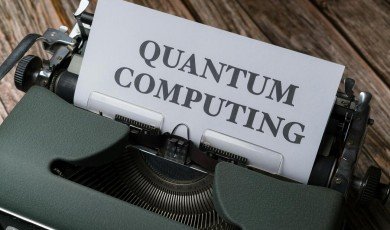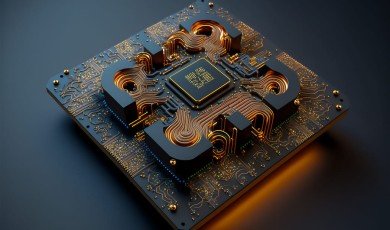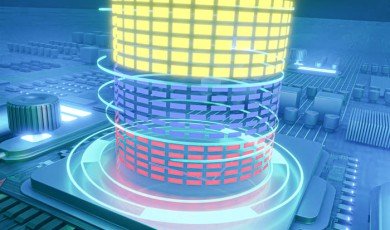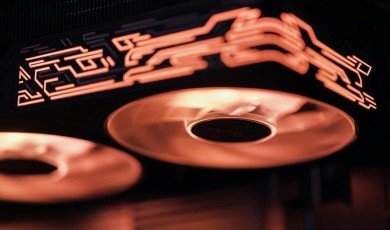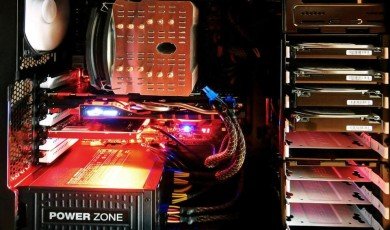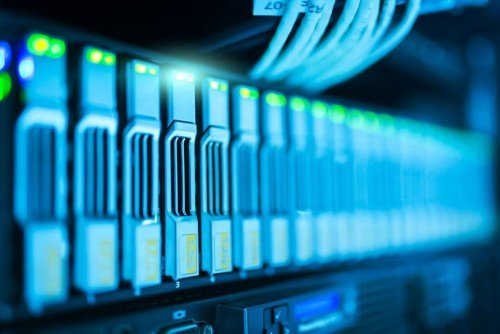
Quantum computing is redefining the boundaries of technology, offering capabilities far beyond the limits of traditional computers. With its potential to solve complex problems in seconds that would take classical computers years to process, quantum computing stands at the forefront of innovation. While it may seem worlds apart from healthcare or linguistics, a fascinating convergence is emerging. As the medical and scientific communities generate increasingly vast and complex datasets, medical translation services play an essential role in ensuring that these innovations reach a global audience — accurately, consistently, and comprehensively.
This intersection between advanced computation and precise communication illustrates how technology and language are merging to transform medicine, research, and data management.
The Rise of Quantum Computing in Healthcare
Quantum computing is not just a theoretical concept anymore; it is rapidly becoming a practical tool with real-world applications. In healthcare, it is being used to accelerate drug discovery, model molecular interactions, and analyze vast genomic datasets. The technology’s ability to handle exponential data growth makes it an invaluable asset for personalized medicine, where algorithms can analyze patient-specific data to recommend precise treatments.
Pharmaceutical research and biomedical engineering also stand to gain. Quantum simulations can predict molecular behavior at an atomic level, significantly reducing the time and cost required for developing new therapies. As these studies expand across global teams and institutions, accurate communication becomes essential. This is where medical translation services connect scientists, doctors, and researchers across languages, ensuring that discoveries are shared effectively and understood universally.
The Importance of Clear Communication in Advanced Science
Scientific advancement thrives on collaboration — and collaboration depends on communication. When institutions in different countries share data, research papers, and experimental results, precision in language is crucial. Even a minor translation error in a research document can alter meaning, delay approval processes, or lead to misinterpretation of findings.
Medical translation services ensure that scientific information remains accurate and accessible across linguistic barriers. Whether it’s translating clinical trial documentation, pharmaceutical studies, or medical device specifications, these services guarantee that data integrity is maintained while knowledge flows freely across borders.
As quantum computing becomes more deeply embedded in scientific research, the scale and complexity of data increase dramatically. Translating this data effectively requires not only linguistic expertise but also technical literacy. Professionals trained in both language and scientific disciplines help bridge this gap, allowing researchers and clinicians to collaborate seamlessly.
The Role of Language in Quantum Data
Quantum computing introduces unique challenges when it comes to interpreting and presenting results. The probabilistic nature of quantum systems means that outcomes are often expressed in ways that are mathematically dense and context-dependent. Translating such data for international research teams demands exceptional clarity.
Language specialists working in the scientific domain must understand concepts such as qubits, superposition, entanglement, and decoherence to ensure accurate representation of findings. In the medical field, this becomes even more critical when quantum computing is used for tasks like protein modeling or large-scale epidemiological analysis.
By merging technical understanding with linguistic precision, medical translation professionals ensure that quantum-driven insights can be shared without distortion or confusion. Their work enables global research teams to build upon one another’s discoveries efficiently, supporting innovation in medicine and biotechnology.
Medical Interpretation Services and Real-Time Collaboration
Beyond written translation, medical interpretation services are vital for facilitating real-time communication between global research teams and clinical experts. As quantum computing enables international collaboration in medical research, meetings, conferences, and joint experiments often involve multilingual participants. Professional interpreters ensure that these interactions are smooth and accurate, eliminating the risk of misunderstanding complex medical or technical terminology.
In high-stakes environments such as medical conferences, regulatory meetings, or collaborative clinical trials, instant understanding is crucial. Interpreters with scientific training bridge the communication gap, allowing participants to exchange information confidently and efficiently. This human expertise complements the computational precision of quantum systems, reinforcing the value of communication in the age of data-driven medicine.
The Synergy Between Quantum Computing and Medical Translation
Quantum computing and medical translation might appear to operate in different realms — one in the abstract world of physics and computation, the other in linguistics and communication. Yet, their synergy is evident in several ways:
-
Data Accessibility: As quantum systems generate complex data structures, translation ensures that results are understood by international medical and scientific communities.
-
Global Research Networks: Multinational projects require consistent terminology across languages, especially in pharmacology, genomics, and biotechnology.
-
Precision and Accuracy: Both fields value absolute precision. Just as quantum calculations depend on subatomic accuracy, medical translation demands exact linguistic equivalence.
-
Innovation Enablement: Combining computational power with linguistic clarity accelerates innovation, ensuring new findings are globally accessible.
Together, these two disciplines support a more inclusive and interconnected world of science — where no language or technical barrier can slow the pace of discovery.
Technology Enhancing Translation
The same technological principles driving quantum computing are reshaping translation itself. Artificial intelligence and machine learning tools are now standard in translation workflows, assisting human experts with terminology management, predictive text, and quality assurance. However, medical translation still requires human oversight due to the sensitivity and complexity of the subject matter.
Quantum computing could eventually elevate these tools further, enabling real-time translation of vast scientific datasets or multilingual communication at unprecedented speed. The combination of quantum-enhanced processing and linguistic expertise may redefine how global healthcare systems exchange information.
The Future of Healthcare Communication
Looking forward, the convergence of quantum computing and medical translation will shape the future of global healthcare. As data becomes more intricate and collaborations more international, the demand for reliable translation and interpretation will only grow. Imagine a scenario where a new therapy is developed through quantum simulations in Australia, reviewed by regulatory teams in Japan, and tested in Europe. Each step requires precise translation, not only of language but also of meaning, context, and technical nuance. This interconnected workflow depends on experts who understand both advanced science and human communication.
Medical translation and interpretation services make this possible. They serve as the foundation of global collaboration, ensuring that technological innovation translates into real-world impact — accessible, accurate, and equitable healthcare for all.
Conclusion
Quantum computing represents the next great leap in technology, with the potential to transform medicine, research, and global collaboration. But technology alone cannot achieve this transformation. Clear, precise communication is the bridge that connects innovation to implementation. Through medical interpretation services and specialized translation expertise, the discoveries made possible by quantum computing can be shared, understood, and applied worldwide. Together, these disciplines demonstrate that the future of science is not only intelligent but also interconnected — powered by both quantum logic and human understanding.



